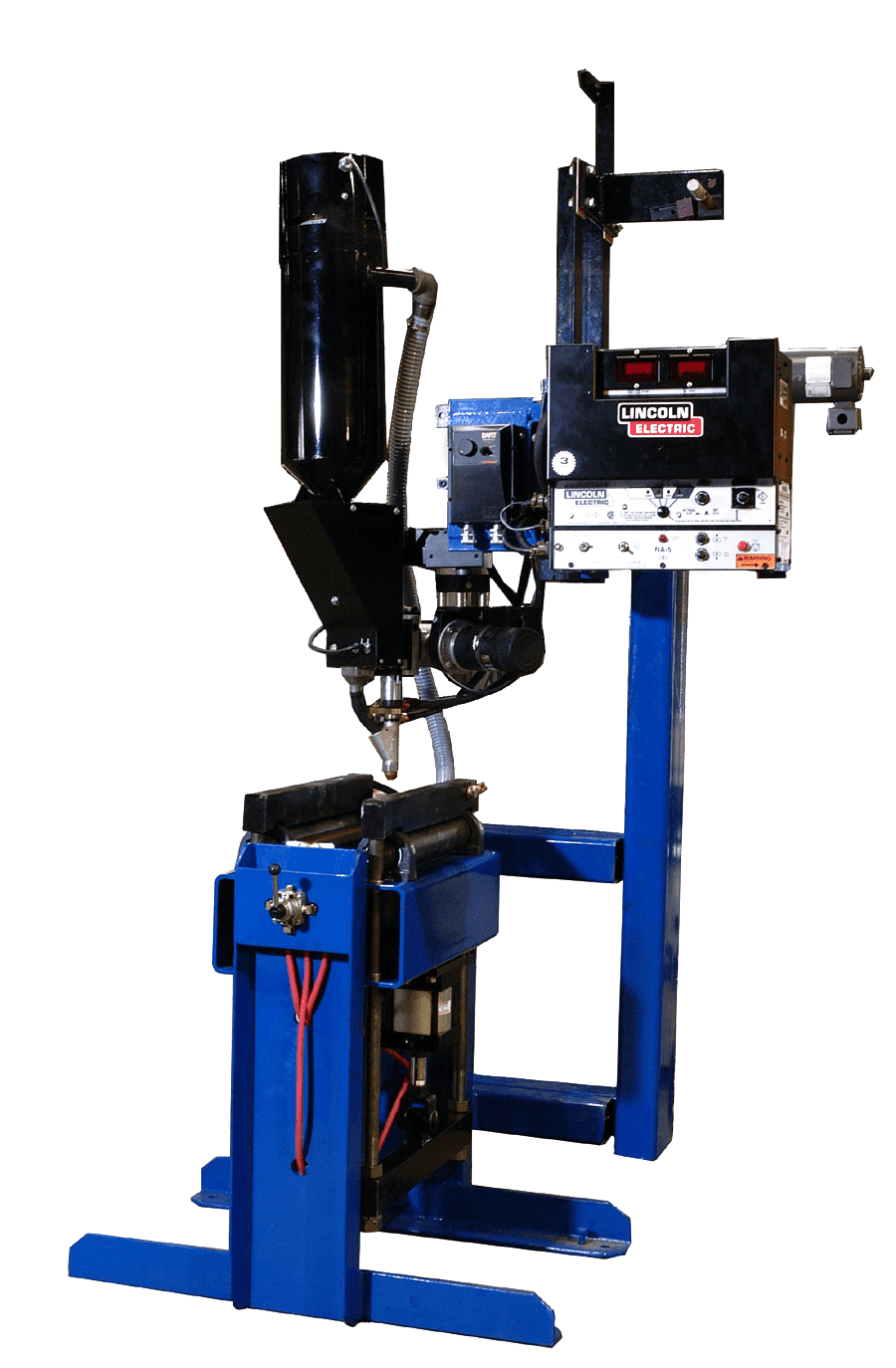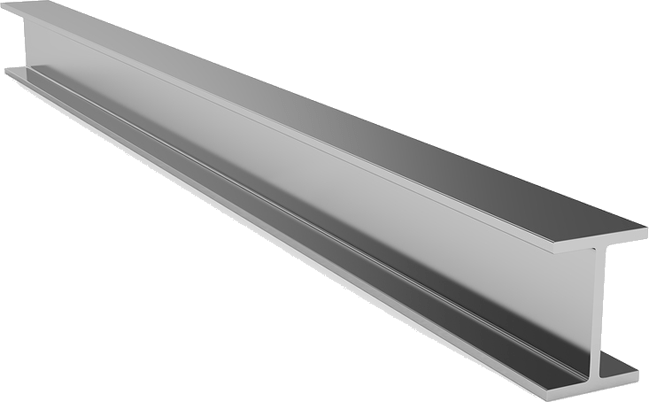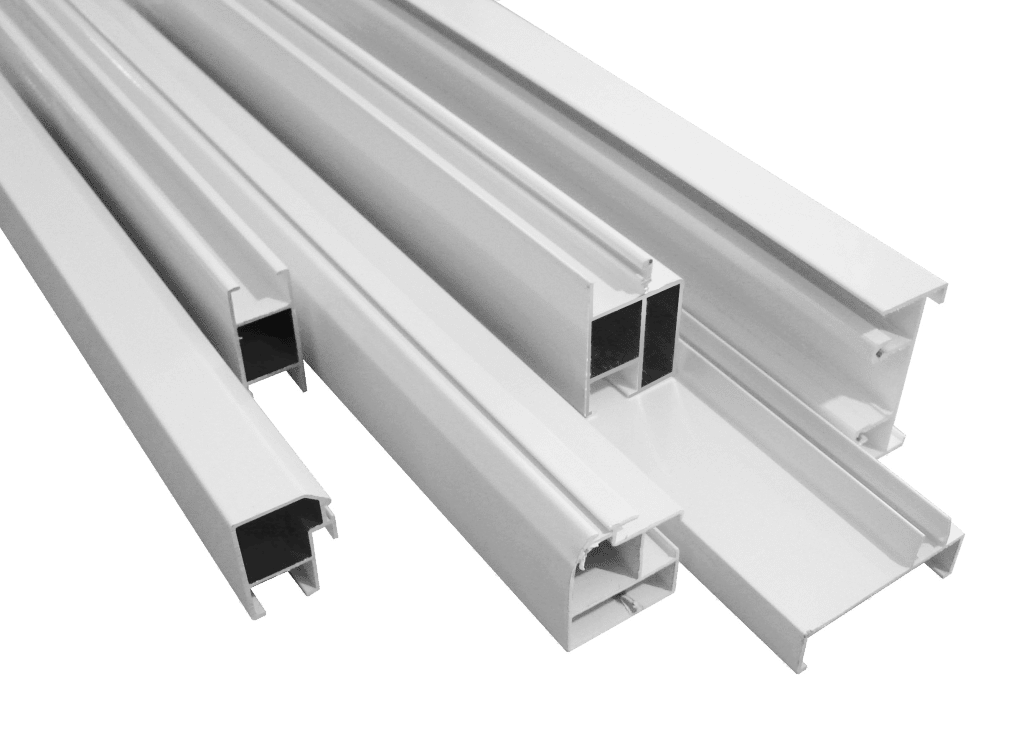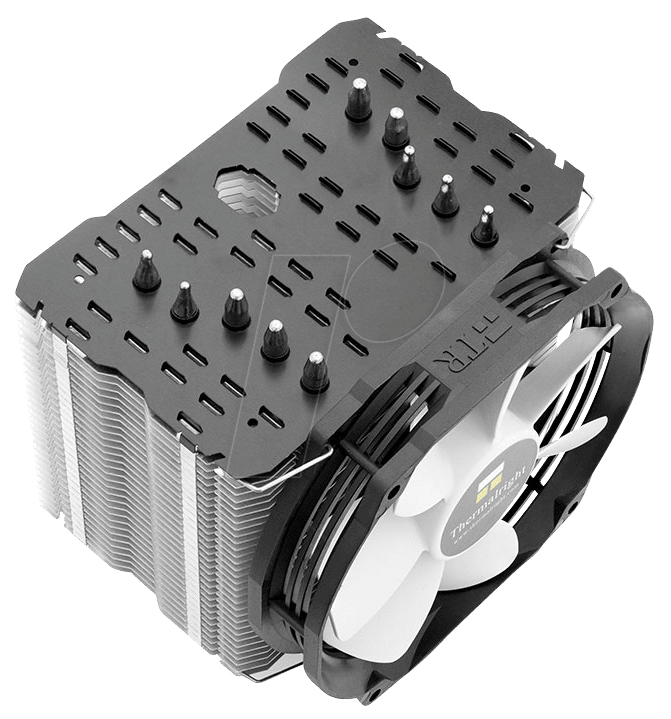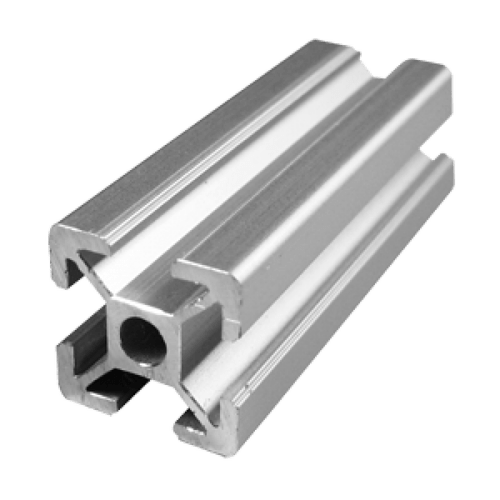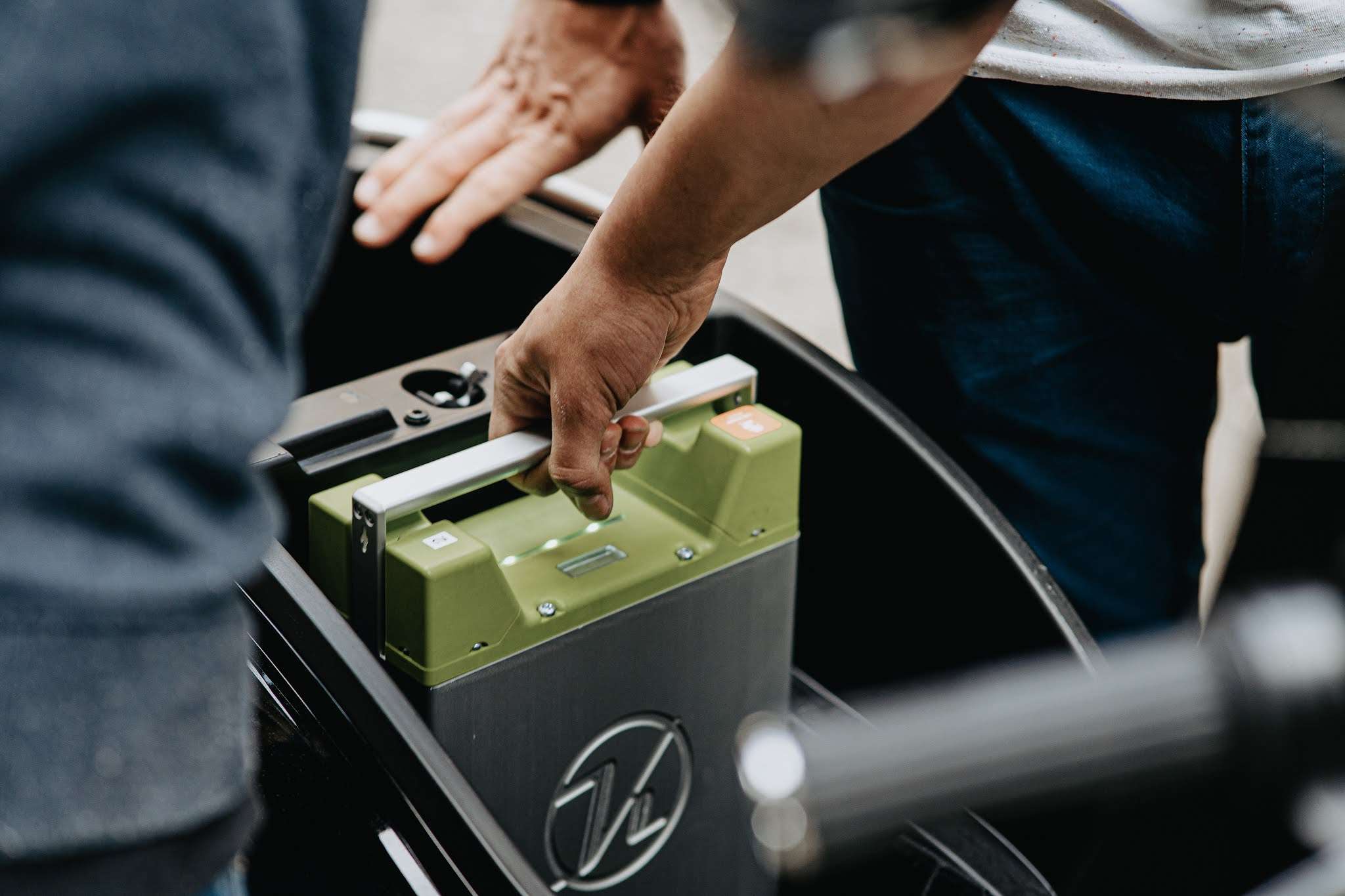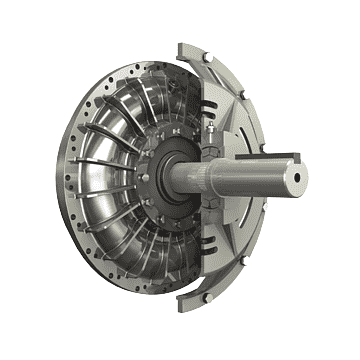Electron beam welding: Advantages and Disadvantages
Advantages and Disadvantages of Electron beam welding? Advantages Electron beam welding: It can produce a high surface finish. Work done by this machining is highly accurate. It can machine small diameter holes. High drilling rates are available. Less fumes are produced during welding. The higher melting point for some materials. Any material can be machined. It …
Electron beam welding: Advantages and Disadvantages Read More »
